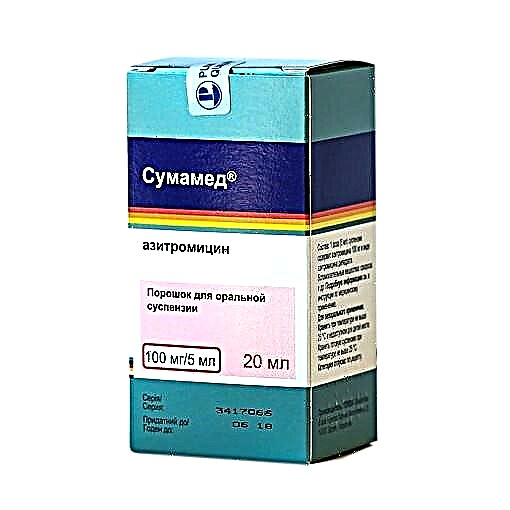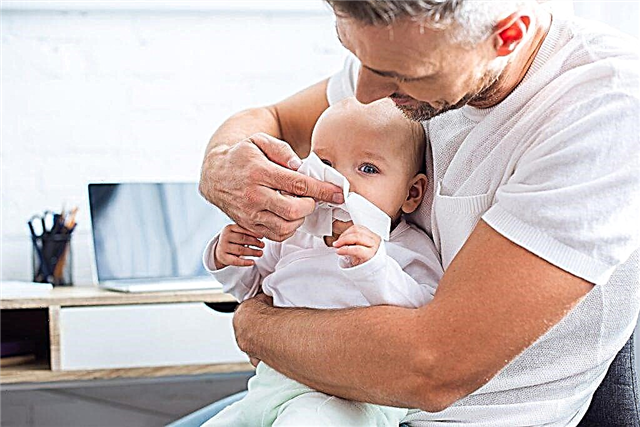An ingrown toenail in babies is a problem that can be caused by various reasons. The disease in which the ingrowth of the nail plate occurs is called onychocryptosis. Most often, the pathology manifests itself on the big toes.

Ingrown nails are a common problem that parents have to deal with.
Description and signs
The most striking symptoms of an ingrown toenail are swelling of the nail fold and redness. If an infection has occurred, pus will also be added to the above. In the latter case, treatment must necessarily take place in a medical institution. Independent attempts to fix the problem at home can only exacerbate the situation.
You can understand that the baby is worried about something and is experiencing serious discomfort, first of all, by his behavioral reactions. He begins to act up, cry, behave very restlessly. In such a situation, parents are strongly advised to carefully examine the baby. Usually, a baby in this way shows that he is hurt and unpleasant.
Important! If a baby shakes off a sock from a leg or constantly grabs it, this is a sure sign that he has an ingrown marigold.
Symptoms and Causes
Ingrown toenail is easiest to identify by a symptom such as pain with pressure. If the baby is in pain, he will try to pull it back when the parents try to examine the handle or leg. The reasons for the development of pathology can have a different etymology.

Ingrown nail is easy to diagnose visually
Heredity
Often the explanation for an ingrown toenail in a baby's foot or arm is a hereditary predisposition. If one of the parents of the baby periodically suffers from a similar problem, there is a high probability that the pathology will be passed on to the child. In his case, the nails will also grow not forward, as is usually the case, but down.
Deviation in nail development
The nail plate can grow into the skin of the finger and in case of various deviations in the process of intrauterine development of the child. Often the problem is provoked by a lack of calcium, vitamins and a number of other useful substances. Due to a lack of nutrition, the nail plate becomes thinner or, on the contrary, thickens, begins to grow in the wrong direction, and may eventually grow into the skin.
Incorrect circumcision
Despite the fact that nail trimming is an elementary procedure at first glance, not all parents do it correctly. The most common mistake is making the nail too short. In addition, in no case should you:
- give the nail the shape of a square or circle;
- leave the corners untreated;
- keep the nail plate too long;
- completely remove the cuticle.
In addition to the above, it is very important to avoid even the slightest damage and injury when cutting the nails of an infant.

Babies need to cut their nails correctly
Nail injury
Since the infant does not yet walk, the traumatic cause of ingrowth of the nail plate in medicine does not happen very often. If, nevertheless, something happened, and the child bruised or pinched the nail, the first thing to do is to make sure that he did not seriously damage the finger, only then to deal with the problem of possible ingrown nail.
Fungal infection
Fungal infection, if a newborn or newborn suffers from it, in 80% of the total number of cases is earned at home. In the remaining 20%, the baby gets an infection, due to which his nails begin to exfoliate or grow in, in a hospital, on the street or even in a maternity hospital.
Treatment methods
Having found that a toenail is growing in the baby, and the skin around it turns red, one should not self-medicate. Some alternative methods may well be effective, but testing them on an infant with weak immunity and an indicator of the body's resistance is still not worth it. It will be much more effective and more expedient to seek medical help. The doctor, based on the examination of the little patient, will choose the most appropriate treatment method.
Operative intervention
Doctors rarely decide on surgical treatment in the case of infants. Only if they are convinced that conservative solutions and laser therapy will be less effective.
In principle, there is nothing difficult in a surgical operation for a specialist. The intervention is insignificant and is performed under local anesthesia. Depending on the degree of damage, the plate can be corrected in shape or removed completely. The essence of the operation is to dissect the inflamed area of the skin with a scalpel and eliminate the abnormally growing part of the nail plate. After all the manipulations, the resulting wound is processed, and a sterile bandage is applied to it.
Surgery is a very quick and dramatic way to treat an ingrown toenail. Since it is the most painful, they try to avoid it so as not to scare the baby.
Conservative treatment
Conservative treatments for ingrown nails are aimed at fighting infection, ensuring the free growth of the nail and protecting the finger from possible trauma.
The first thing to do is to relieve inflammation. For this purpose, the legs of the child are immersed in a warm bath with a hypertonic solution every 12 hours. The described procedure will not only reduce the inflammatory response, but also soften the nail plate.
Important! With signs of suppuration, it will be useful to apply Vishnevsky ointment or compresses with synthomycin ointment to the inflamed area at night.
After the nail has sufficiently softened, it remains to change the growth trajectory of the free edge of the plate. To do this, immediately after the compress, gently lift the edge that has cut into the skin with the tips of scissors and place a small cotton swab, pre-treated with ointment, under it. A bandage is applied on top. The procedure is recommended to be repeated daily until the problem is completely resolved. As the free edge grows, it needs to be trimmed. The most important thing is to do it without rounding in a straight line.
Laser treatment
You can also treat ingrown toenails for babies with the help of laser equipment. The procedure consists in removing the plate and the roller using a carbon dioxide laser. The technique has been used relatively recently. Since it is completely painless and fast, it is best suited to eliminate the described problem in children. The laser method of treatment not only eliminates the ingrown corner and prevents its re-ingrowth, but also effectively pairs the vessels, thereby preventing the development of bleeding.
Nail care and rehabilitation
To prevent the problem from recurring, special attention should be paid to nail care at the end of treatment. First of all, we are talking about compliance with the rules of hygiene and the correct cutting of the plate. It is recommended to periodically inspect the baby's arms and legs - the problem may recur at the most unexpected moment, it is better to try to catch it at the earliest stage.

The sooner the problem is found, the easier it will be to fix it.
If the ingrowth of the nail was eliminated through surgical intervention, you need to be prepared that after the operation the child will cry and be capricious. Although the surgical intervention in this case is minimal, the operated site after the end of the anesthesia will hurt and bother the baby.
During the healing period, you need to be especially vigilant so as not to inadvertently infect an infection. To do this, it is usually enough to treat the finger with any antiseptic: hydrogen peroxide or chlorhexidine. The use of an antibacterial ointment will also be helpful.
Finger dressing is allowed only with sterile materials. During the first few days, it is imperative to provide the limbs with maximum rest. Fortunately, this is easy to do with a baby who has not yet started walking.
If proper care is provided, the finger will return to normal by the second week. Pain will disappear the next day after the operation.
For the operation, it is important not to be mistaken with the choice of the clinic - it must be reliable. But even the best hospital and an experienced doctor cannot give one hundred percent guarantee that there will be no complications. If something goes wrong, lymphadenitis, lymphangitis, or an abscess may develop. In extremely rare cases, there is a risk of nail osteomyelitis, in which a purulent infection goes to the bone, or even gangrene. In both cases, the only way out is to amputate the finger.
Noticing that after an operation to remove an ingrown nail, the child feels pain for a long time, or there are some signs of a pathological condition, you should immediately consult a doctor to quickly solve the problem.

Healthy baby - happy baby
Parents of young children should pay maximum attention to their children and respond to the slightest changes in their behavior. Only in this way can the problem be detected as early as possible or even avoid its occurrence.



